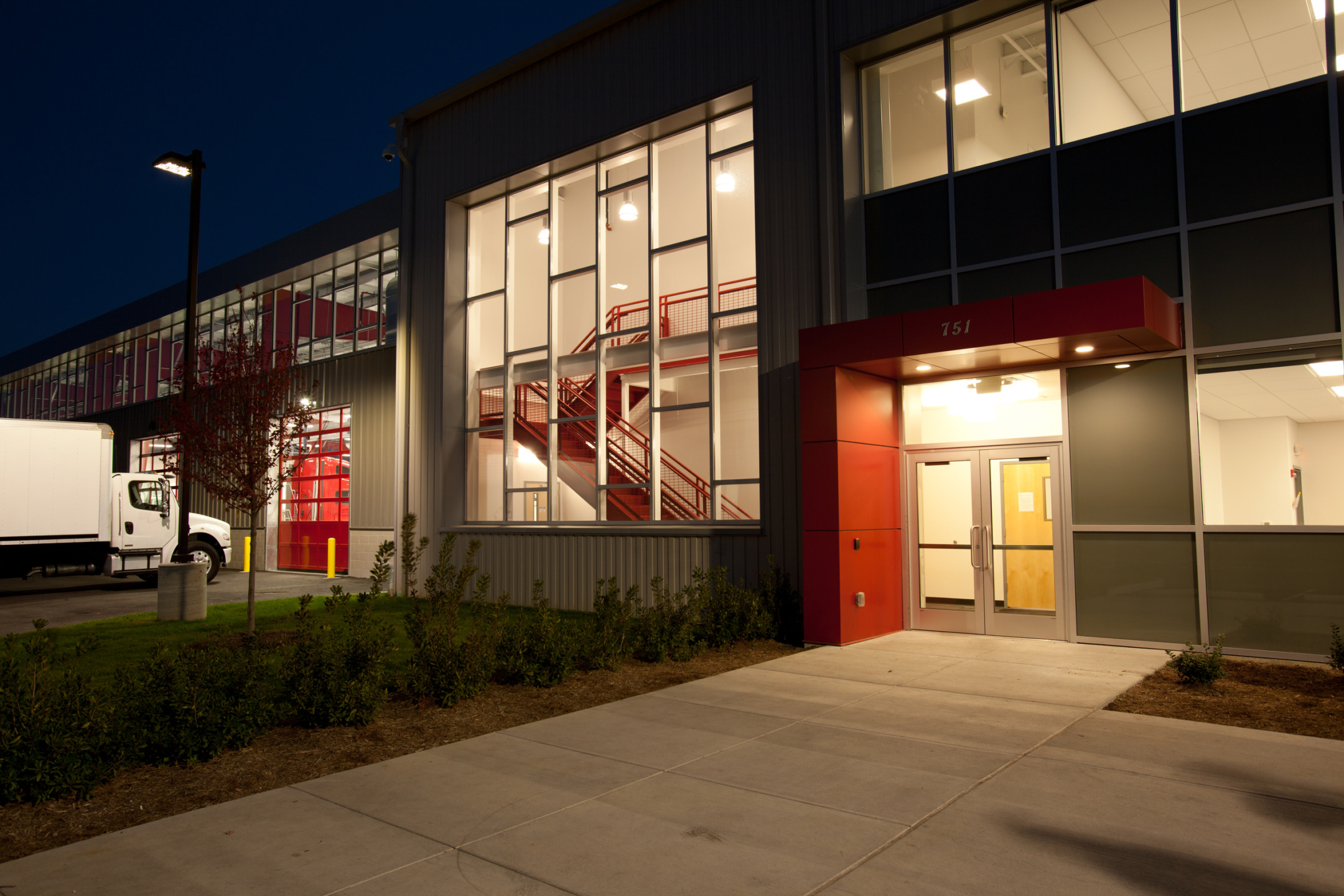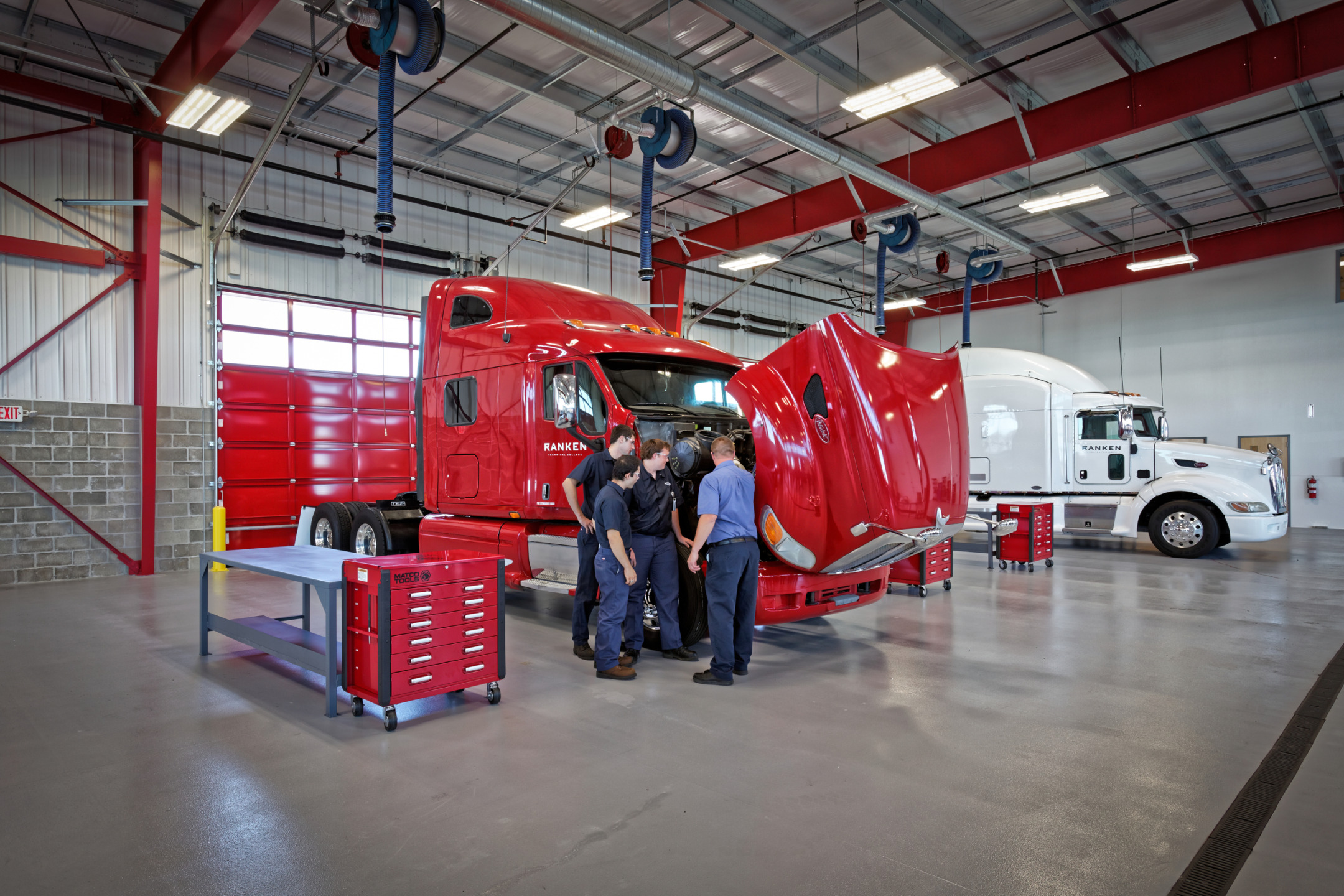
Building a Bridge to the Real World

The “real world” for many college students is a mysterious and scary place. I know when I was at the University of Kansas, I could not even imagine what being an architect would be like. I was excited, but also afraid of graduating. Clients, meetings, timesheets, billable hours…they were all foreign words to me. Working in a professional office took on an intimidating mythological dimension.
So when we first learned about Ranken Technical College’s Microenterprise Program, we knew we wanted to be a part of it. The Microenterprise Program partners Ranken students with professional firms and companies. The new partnership, called JEMA Studio, is a way for students to begin the transition from school to work, forming a kind of pre-career bridge that enables the students to engage with real professionals and clients on real projects.
JEMA Studio is the first microenterprise partnership between Ranken and an architectural firm.

“In addition to providing paid employment to students, it keeps our faculty plugged into the industry. All of Ranken’s Architectural Technology program faculty have extensive professional experience, and this collaboration will help keep them up-to-date with new developments in the industry, which benefits students in the program, as well. Partnering with JEMA is a great example of what Ranken does well, working with industry to enhance our programs and give our students real-world experience.”

We are excited about this partnership because we believe this is the 21st century model for education. Introducing students into their profession while they are still in school is another mode of kinesthetic learning. Different from classroom learning and “hands on” learning, this is learning “on your feet.” The microenterprise model of education gives students a sneak peek into their chosen profession, lets them earn while they learn, but more importantly, it engages the student in a different type of learning. As we start the 21st century, our adherence to traditional models of learning needs to evolve out of the classroom and into the workplace. The microenterprise educational model is about learning to become smart–to be precise, to become street smart.
When we are classroom smart, hands-on smart, and street smart, then we are well on our way to becoming 21st century smart.
Read more from Ranken in the article “Ranken Launches New Microenterprise with JEMA Architects.”